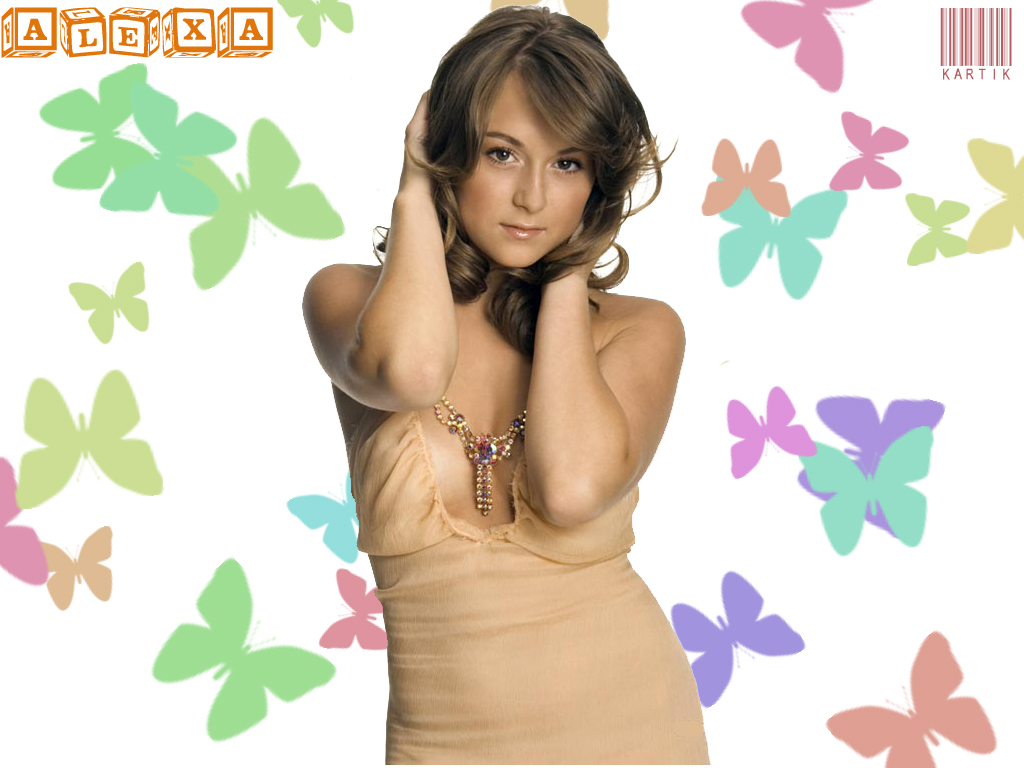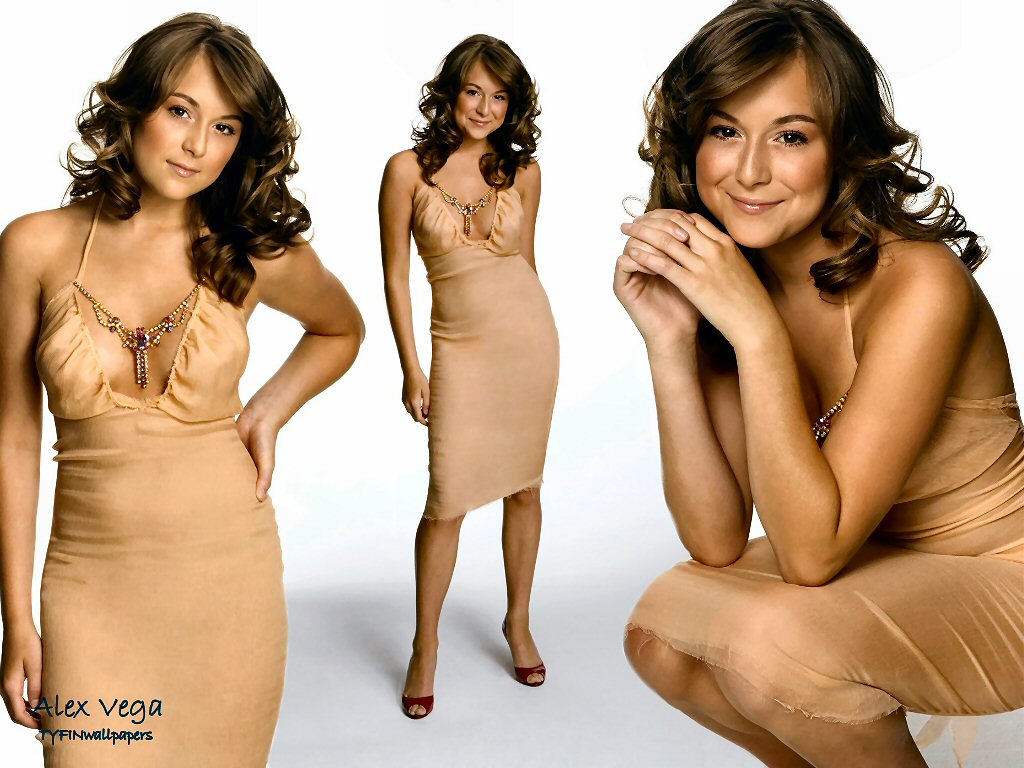 The Prairie District Neighborhood Alliance (PDNA) invites you to "Meet Me at the Movies," Friday February 26, 2009 at 6:30 p.m. at Sherwood Community Music School, Columbia College recital hall, 1312 S. Michigan Ave.
The Prairie District Neighborhood Alliance (PDNA) invites you to "Meet Me at the Movies," Friday February 26, 2009 at 6:30 p.m. at Sherwood Community Music School, Columbia College recital hall, 1312 S. Michigan Ave.There never was a woman like Gilda!
That was the tagline for Gilda
The story begins with Johnny Farrell (Ford), a down-on-his-luck small-time gambler who ends up in Buenos Aires, Argentina. After cheating two men at craps, a mysterious man (George Macready) saves him from being robbed. The mysterious man tells Johnny about an illegal casino and warns him not to use his cheating skills there.
Right-hand man
 Intrigued, Johnny finds the high-class gambling joint and begins cheating the house. Before he knows what's happening, Johnny is surrounded by the casino's watchful staff and taken to the owner, Ballin Mundson, the mysterious man, who saved him from thieves! Johnny convinces Mundson that he should hire him. Mundson does just that and before you know it, Johnny is his right-hand man.
Intrigued, Johnny finds the high-class gambling joint and begins cheating the house. Before he knows what's happening, Johnny is surrounded by the casino's watchful staff and taken to the owner, Ballin Mundson, the mysterious man, who saved him from thieves! Johnny convinces Mundson that he should hire him. Mundson does just that and before you know it, Johnny is his right-hand man. "I hate you, Johnny!"
 When Mundson returns from a trip with a beautiful, young wife (Gilda,) he asks Johnny to watch over her for him. What Mundson doesn't know is that Gilda was once Johnny's lover. The tension and hatred between Gilda and Johnny grows with each passing day. But is it really mutual hatred that stands between them?
When Mundson returns from a trip with a beautiful, young wife (Gilda,) he asks Johnny to watch over her for him. What Mundson doesn't know is that Gilda was once Johnny's lover. The tension and hatred between Gilda and Johnny grows with each passing day. But is it really mutual hatred that stands between them?Chemical reaction
The on-screen chemistry between Hayworth and Ford set tongues wagging about a possible off-screen relationship. Both stars denied they were ever romantically involved, but remained life-long friends.
The "Love Goddess" is born
After Betty Grable, Hayworth was the most popular pin-up girl during World War II. In a cover story in Life magazine, Hayworth was dubbed the "Love Goddess" a label that she personally hated, but one that followed Hayworth throughout her career.
 Gilda was given the A-treatment by her home studio, Columbia Pictures. Charles Vidor (Cover Girl
Gilda was given the A-treatment by her home studio, Columbia Pictures. Charles Vidor (Cover GirlIcon status
Almost everything surrounding Gilda is iconic. Hayworth's look, her clothes, her "Put the Blame on Mame" performance, and even the movie poster itself is considered an iconic piece of promotional art. The Artist's Cafe in the Fine Arts Building, 412 S. Michigan Ave. has a foreign version of the Gilda poster hanging on its wall.
There were many memorable movies made and released during the late 1940s, but Gilda stands out among them and remains a classic today.






























